AARHUS - 30 December 2019: Setting out from Aarhus, Denmark’s second largest city, we drove for over an hour on the highway. Suddenly, the chit chat and small talk were interrupted when we had to take a right off the main road; everyone in the car had the same impression, ‘We were in the middle of nowhere’. There was nothing but trees and greenery, as far as the eye can see. For 10-15 minutes, we only glimpsed one person walking down the road and barely a handful of houses… Finally, we saw a gate and big fence; we had reached our destination: Kærshovedgård (KHG) deportation center.
KHG, commonly perceived as an open prison, is the last stop for foreign nationals who have no right to stay in Denmark, but have not been deported for some legal or practical reason.In addition to being relatively ‘in the middle of nowhere,’ there is no public transportation reaching KHG; and the nearest bus station is 7 km away.Nevertheless, the word is that residents living around the center have been worried about their safety and security;and that is what inspired a controversial plan to relocate certain groups of foreign nationals in Denmark to an inhabited island, currently used for research and experiments on swine fever and other contagious diseases
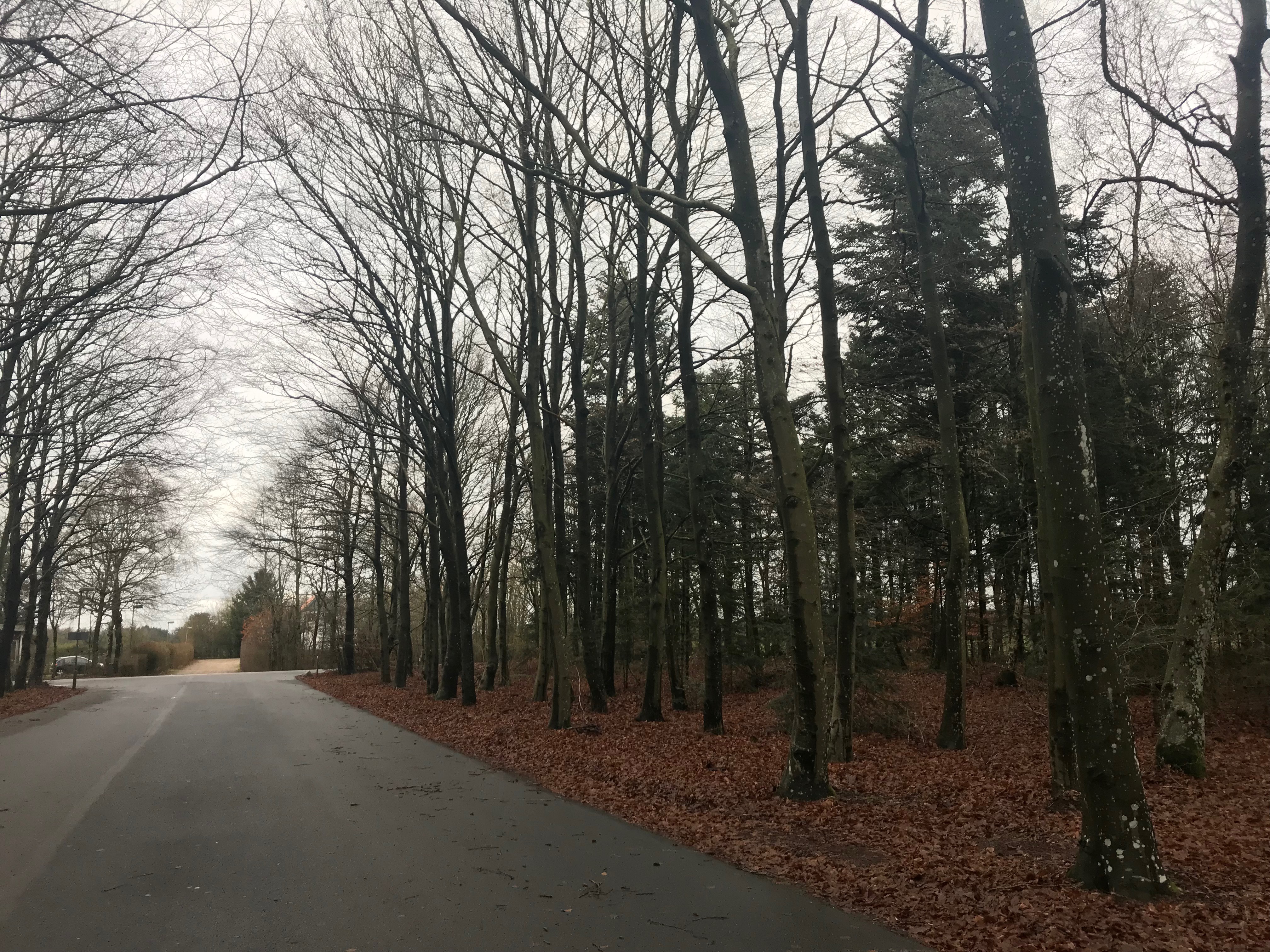 The area around KHG – Yasmine Hassan
The area around KHG – Yasmine Hassan
On December 20, 2018, the Danish parliament approved a 759 million kroners ($115 million) budget, to make the seven-acre state owned island of Lindholm habitable; and to build an immigration center for up to 100 foreign residents by 2021. Situated 20 minutes away from the nearest shore by the only ferry that goes there —named “VIRUS”—, the island is currently used as a laboratory by The Veterinary Institute of the Technical University of Denmark (DTU Vet), which is expected to leave the island by the end of 2019.
According to the Danish Immigration and Integration Ministry’s website, the island will become the new address for foreigners on tolerated stay who cannot be returned to their countries of origin due to risks of ill treatment; convicted criminals who have served their prison sentence but they or their countries refuse to cooperate on their return; and rejected asylum seekers “sentenced for violations of the Criminal Code, the Act on weapons and firearms, the Act on knives or the Act on controlled substances in or around a return center”.
“When you are unwanted in Danish society, you should not be a nuisance for regular Danes,” Danish immigration minister Inger Stojberg wrote on Facebook, commenting on the island agreement. “They [those who will be relocated to the island] are unwanted in Denmark and that should be felt,” Støjberg stated.
The island plan comes as part of Denmark’s 2019 Financial Act, which also introduces several other restrictions to newly coming and current refugees and asylum seekers in the Scandinavian country. For the past few months, many foreign nationals, and mostly Arab refugees, have been living in turmoil, uncertain of where they stand in their “new home”.
The happiest country in the world has suddenly started to seem much less happy!
From KHG to Linholm island – a new address for unwanted foreigners
Speaking to Michala Clante Bendixen, head of Refugees Welcome Denmark and editor of refugees.dk, she confirmed that the island idea is directly linked to KHG camp. “Yes, of course. The whole idea of this camp was isolation, but the neighbors are nervous (for no reason according to the police), so then came the idea of the island. Next problem will be the people living close to the ferry place,” she says in an email interview.
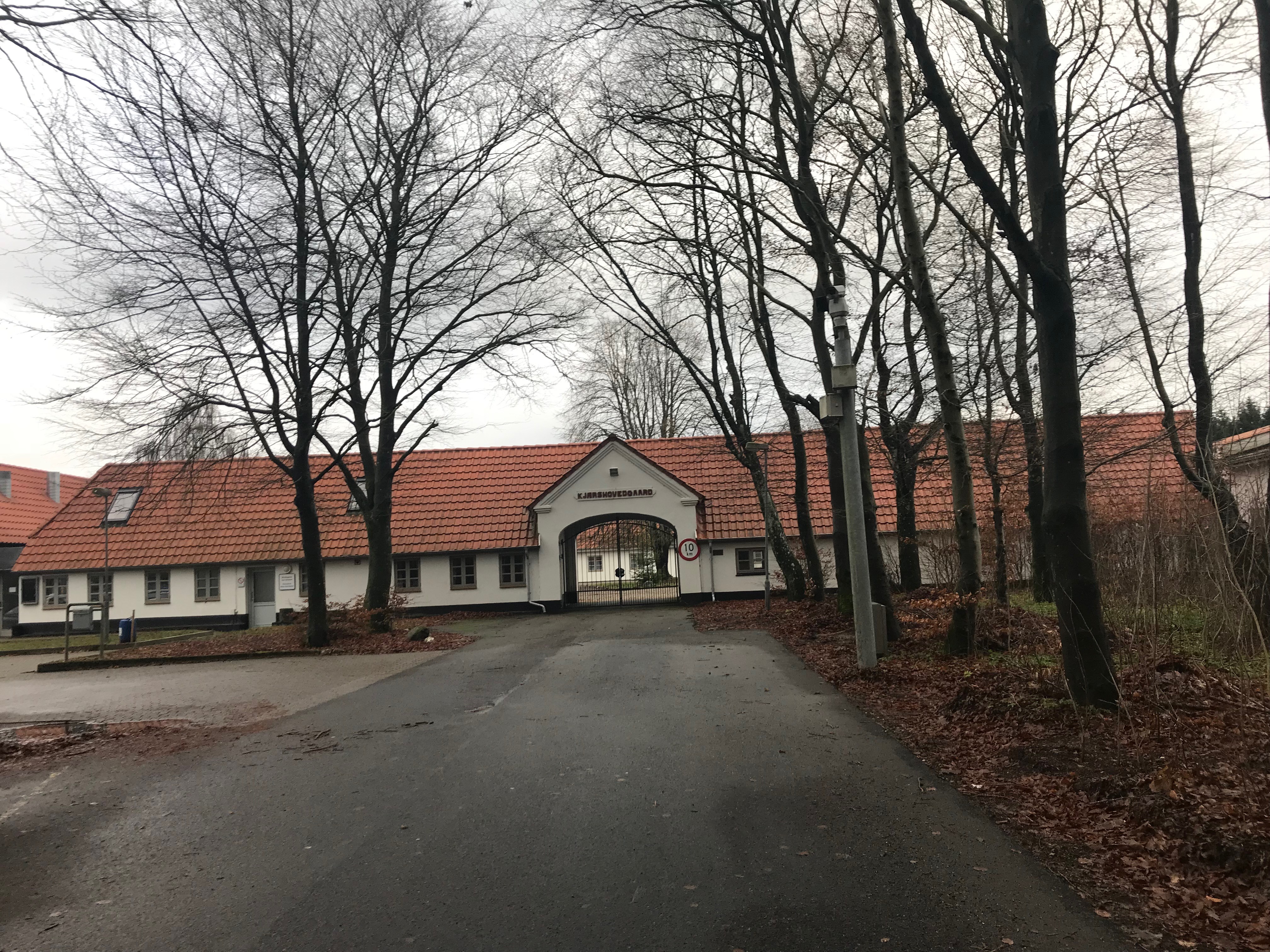 Entrance gate to KHG – Yasmine Hassan
Entrance gate to KHG – Yasmine Hassan
At KHG, Seif El Din, a 45-year-old Kurd who is expected to be relocated to the island, invited us to see his caricature work, which covered the walls and was stacked in piles in a small room and an attached bathroom at the center. An artist and caricaturist, Seif El Din says he has over 1,500 drawings, all drawn on pieces of cardboard that he gathers from the trash. “I work for freedom not for business… It is miracle because never people make art from prison. This is hope because I have no money no power. I only have pencil,” he says.
When asked about the island plan, Seif El Din sorrowfully said, “I think you go this island; never you come back. Like death, you go and never come back … This very very dirty. no life. Also this place for chemical laboratory. I don’t know. It is very very danger for me.”
Most of Seif El Din’s drawings are indicative of a dreadful life lead by a rejected refugee, who arrived to Denmark over 18 years ago and his asylum requests were repeatedly rejected until he ended up living in deportation centers, the last of which is KHG.
According to a report by The Danish Helsinki Committee for Human Rights, KHG has 400 spaces and it hosted 116 residents by April 2017.Residents include foreign nationals on tolerated stay; those sentenced to deportation by court, such as criminals with expulsion order; and those whose asylum claims have been rejected but they refuse to leave or would not not cooperate. Residents are free to leave the center, but they have to report back at least three times a week; they also face penalties of up to 18 months imprisonment if they break the reporting rules. There is no fixed duration stay at deportation centers, although some end up staying there for several years.
Speaking to Politiko.dk, Danish politician and MP Martin Henriksen had stated, “This solution [the island plan] will at least be better [than the current one] because these people will be more isolated…it will be a part of the package that they can be kicked harder if they don't adhere to the obligations that are a part of the new deportation center.” He added, “I also assume that this will make Denmark less desirable as an asylum and migrant country. We know that the fewer people that come to Denmark, the more money we save.”
As per the new plan, the island’s prospective residents are not to be officially detained. They would be allowed to leave the island with a provided ferry service, but they are obliged to report at the center at a daily basis and the authorities have to know their whereabouts at all time to ensure “an effective return to the country of origin as soon as a forced return becomes possible,” according to the ministry’s website.
When asked why he did not consider going back to Iraq instead of living in an open prison and maybe soon on a deserted island, Seif El Din’s voice suddenly changed and he whispered, “This is very difficult. I can’t come back my country. I go my country like asylum. I hope for a miracle; give me one hand; help me; freedom.”
Concerns over KHG & the new plan
Commenting on the situation and the idea of KHG, Bendixen said it is “hopeless. They are kicking people who are already lying down, and the purpose (making them leave voluntarily) is never going to happen. The only result will be: higher expenses, more people going under ground/disappearing, more people getting mental diseases.” Similarly, she sees little purpose in the island decision.“There is evidently no argument for doing this at all, as there are no actual problems about crime near KHG. It is just a populist symbolic policy, punishing people who have already served their time. And it is going to be extremely expensive,” she states.
Most of the arguments in favor of the island idea cite security and political reasons, saying that those who will be moved are simply the “convicted criminals". Nevertheless, as all of those “criminals” have already served their time, Bendixen raises the question, “So why are not all Danish ex-criminals put on the island?” adding,“And for those on Tolerated Stay, they have the word of the Danish state that they are in danger if they return - so why put pressure on them to do that?”
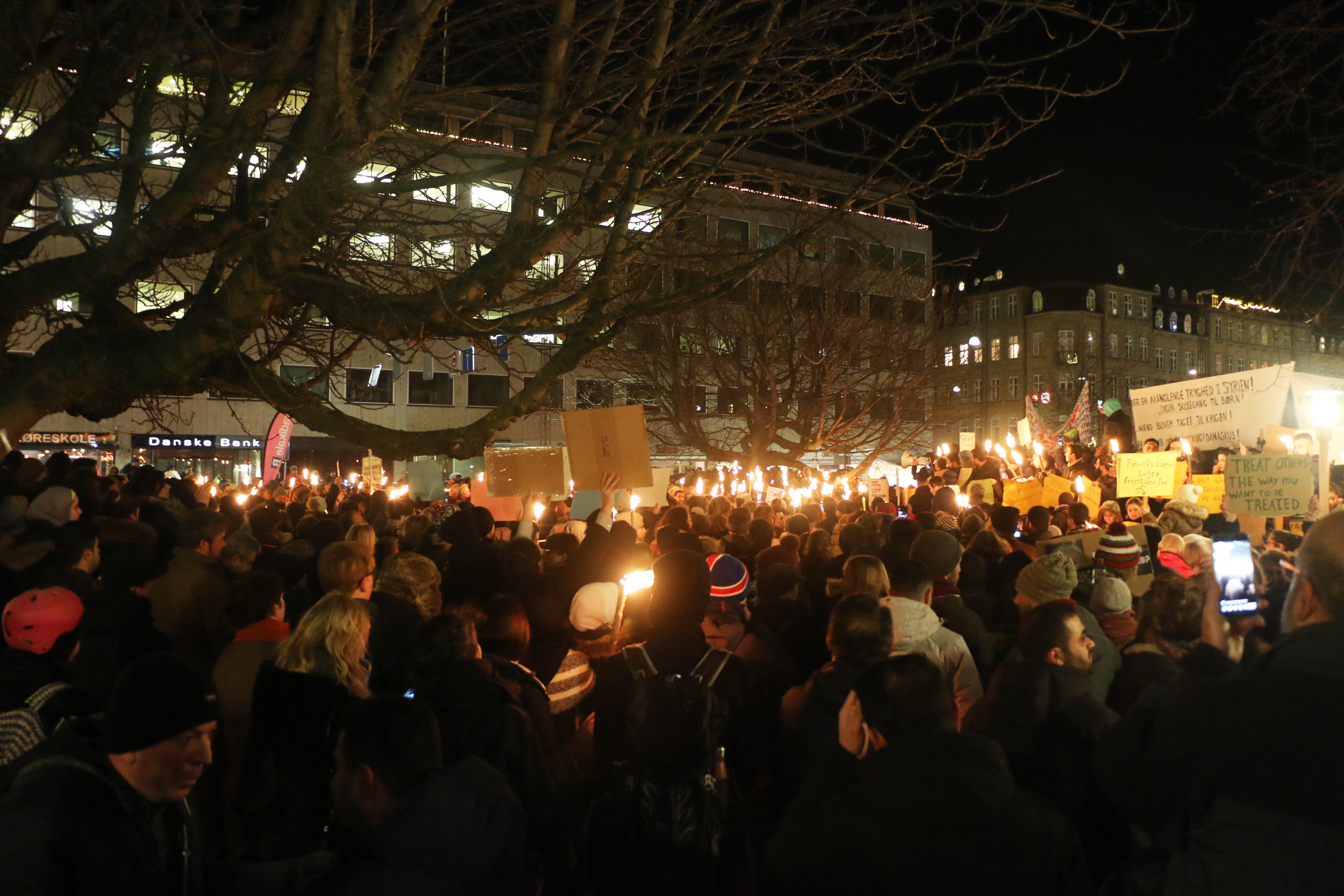 Demonstration in Aarhus, Denmark
Demonstration in Aarhus, Denmark
The Danish Institute for Human Rights also published a report on the human rights challenges that would come along with this plan. “… Requiring a foreigner to stay on an island under strict living conditions is an interference with the right to privacy, which over time can become [disproportionate] and also develop into degrading treatment, which is illegal pursuant to the European Convention on Human Rights,” says the institute’s Deputy Director Louise Holck.
When asked if the plan is in accordance with international humanitarian laws, Bendixen said, “No, not at all. We have an obligation to treat everybody fairly, to respect refugees in danger, to uphold standards for prisons and detention. These people should not be in detention or prison, as they do not pose a risk to society and they have already served their time. If an expulsion is not possible to carry out, we must allow them to live some kind of normal life in the meantime.”
Further restrictions:
Ever since the controversial Financial Act was approved, international media has focused on the island agreement, but there is even more to it that touches upon the lives of prospective and current refugees in Denmark.
On December 10, I came across a demonstration in Aarhus —probably a much smaller one than the one held earlier in Copenhagen (the capital city)— where a few hundred nationals and foreigners were protesting against new refugees and asylum restrictions.
“They pressure us so that we choose to leave; if you have kids, this pressure gets to you and there is nothing you can do,” says Samer, a Syrian Kurd who was participating in the demonstration. Samer travelled to Denmark after the civil war seeking asylum. He came with his wife and they had their two children in Denmark; and he has been working and studying in the Scandinavian country for years, living on a temporary residence permit.
Samer has been struggling to get permanent residency in Denmark, the country where he lives, speaks the local language fluently, works and raises his kids; and in the meantime, he was satisfied with the extendable temporary residence permits. Nevertheless, since 2015, even this very simple dream has become quite far fetched, as all temporary permits were radically limited from 5-7 to 1-2 years with the possibility to revoke a refugee status at any point. And with the new restrictions, thispolicy is even more formalized.
In a short summary provided by refugees.dk, Bendixen explains how the new restrictions are adding more to the “paradigm shift” that has tightened the conditions for refugees in the country since 2015 “moving focus from integration to return”.
As per the new restrictions, “when the permit is about to be extended (every second year) or if the authorities consider revoking it before time, job and Danish skills will no longer count to the same degree as today. Only the security situation in the home country and family attachment will be assessed,” Bendizen explains. “Last year, only 193 persons with refugee background were granted permanent residence permit,” she adds.
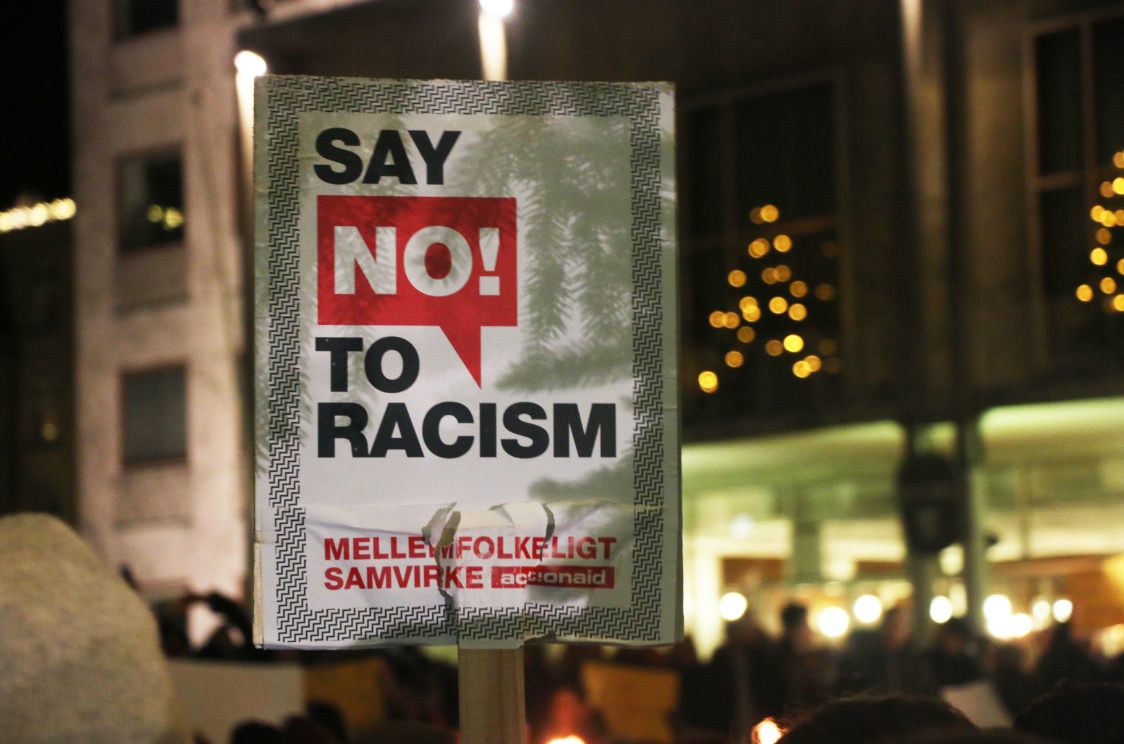 Demonstration in Aarhus, Denmark
Demonstration in Aarhus, Denmark
The act also changes the wording of new refugees permits from “…with the option of permanent stay” to “aimed at temporary stay”.
Other restrictions in the new agreement revoke refugees’ right to permanent housing from the municipality, “so that refugees can stay in temporary housing forever, often under unacceptable conditions (shared kitchen and bathroom, fungus, leaking windows, bad heating),” according to refugees.dk. Integration benefits will also be lowered by 2,000 DKK ($300) per month per family.
When asked if he thinks the protests could make any difference, Samir said with a sad smile, “I don’t think so; it is all planned … It has been planned for seven years.”But a friend protesting by his side was more optimistic; “They can change the whole government… A lot of Danes told me not to be afraid because they will not execute any of these decisions,” he said. In all cases, they believe the only option they have is to wait and see what happens.
Back to KHG
Although the main reason I visited KHG was about the island plan, I found myself entering a whole new world; overwhelmed with stories of struggle that go back for decades and silent voices that are rarely heard.
After a short walk around the camp, I was introduced to Mrs. Amal.She opened the door of her room wearing her Isdal (prayer dress), and welcomed me with a hug. She told me I looked like a typical Egyptian, with a lovely face… It was not easy to understand the Iraqi dialect, but she made me feel so comfortable that we talked for almost an hour.
After she had lost her husband in the Iraqi war in 2003, Mrs. Amal fled with her two daughters to Syria because she was afraid that her late husband’s family would take away her children. They spent two tough years, she recalls, then she was advised to marry a Syrian man living in Denmark, to be able to move there under family reunification policies;and she did. But very shortly, she realized he was physically abusive; he would hit her and her kids and she had to run for her life, and theirs. However, her stay in Denmark was legally tied to her husband.
Mrs. Amal recalls that her medical records would not help; and no one testified to help her change her residency status to one independent from her husband’s. The man then ran away and she was ill advised to file for divorce. In 2004, Mrs. Amal started applying for new residence permits that were always getting rejected, until she was destined to life in deportation centers.
For years, Mrs Amal has been moved from one place to the other and her case has been uselessly reconsidered a few times. At one center, she recalls, she only had to report back two times a week and she had the chance to spend time with her family. But at KHG, this is no longer possible… “I am detained here,” she said with a sad smile.
Her two daughters were slightly luckier. The older one got a residence permit from Sweden and the younger daughter studied in Denmark where she is now working as a dentist’s assistant. However, although the latter’s children were born in Denmark and barely speak any Arabic, she is still living with her family under renewable temporary permits. “She can be kicked out at any point; where would she go?” Mrs. Amal said very sadly, stressing that she is more worried about her daughter and grand kids than about herself.
When asked why she wouldn’t go back to Iraq instead of this“prison life”, Mrs. Amal responded bitterly, “I have no one there; I don’t have a home there. My family is here.”
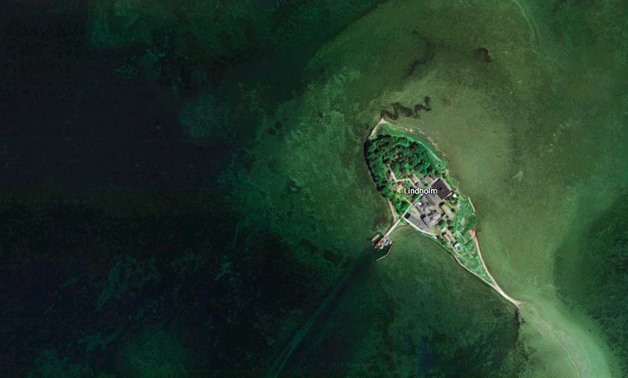



Comments
Leave a Comment